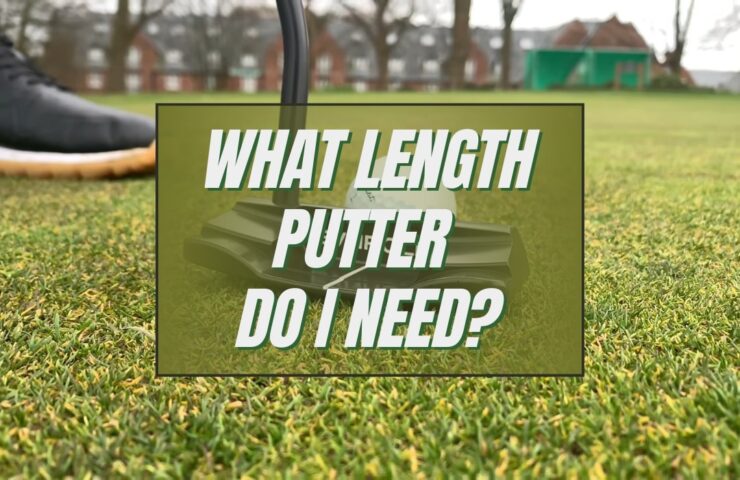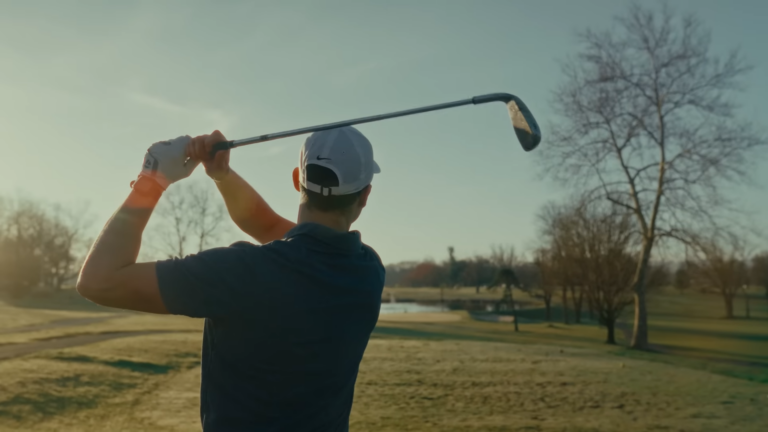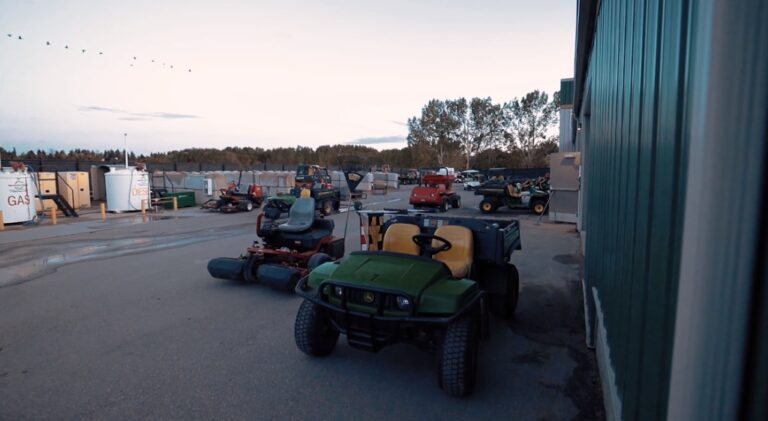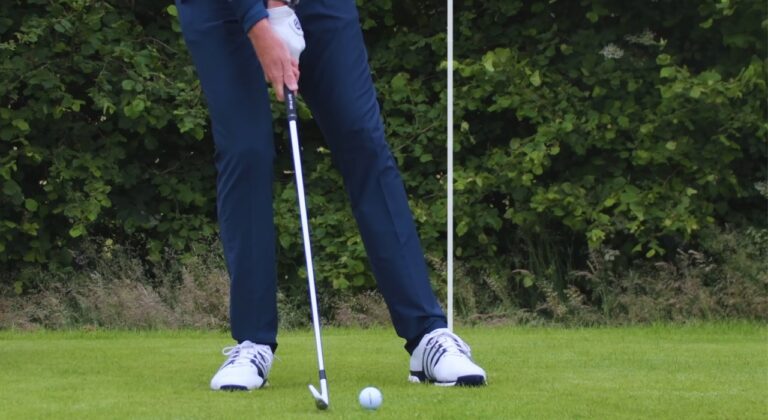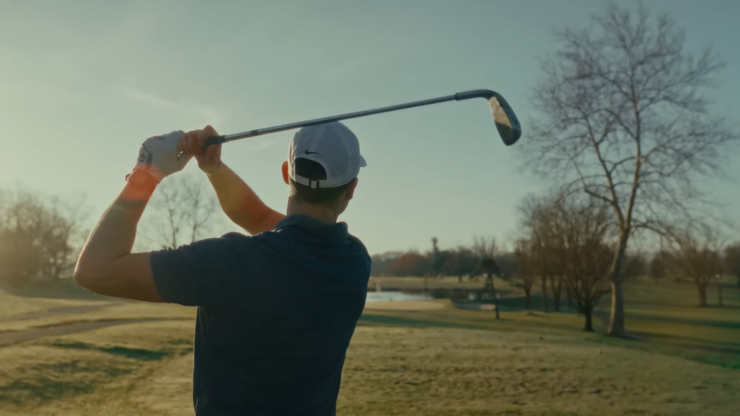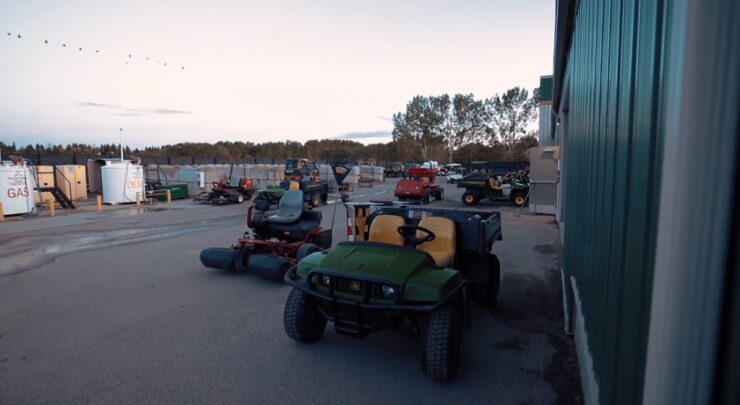As a sport, golf is a very popular activity that has a long history. It has been around for centuries and it remains one of the most intriguing and widespread sports in the world. The premise is quite simple and very easy to understand. Everyone knows it since it is so unique.
There is nothing quite like it both when it comes to how and where it is played, and the equipment used in it. Of course, it is also popular because of the surrounding elements that come along as it is rarely just about the sport. Golfing can be a versatile experience because it combines socializing, dining, and all sorts of other pleasures especially if it is played in top-tier centers and clubs.
In order to be good at it though, one has to know the more technical side of the sport and prepare for it accordingly. While experience is prevalent, it is also of the utmost importance to know how to use the clubs and which one to use at any given moment.
It may look like good fun, and it is true because it really is, but golf requires the right approach and a lot of planning. Golfers have to be patient and strategize if they want to be successful and it all starts with the correct loadout of clubs. In this article, we talk more about clubs, about one of them in particular. Read on to find out more.
In addition to learning about the best length putter for your game,you should also consider reading our tips on proper grip techniques for both left and right-handed golfers.
About Golf Clubs
Of course, golf clubs are essential tools for playing golf, that much is a no-brainer. However, not all of them are made the same. They actually come in various different shapes and sizes and are made of different materials. As a golfer, one has to know about this so here is an overview of golf clubs including the types, what they are made of, and when they were invented.
The History

The history of golf clubs dates back several centuries, some 600 years to be more precise. The first golf clubs were made of wood and were used in Scotland during the 15th century when golf was first invented as a pastime activity. The first metal golf club, the iron club, came in the 17th century.
Fast forward to the more modern times, the first mass-produced steel shaft was introduced in the 1920s, and the first graphite shaft came half a century later during the 1970s. Today, golf clubs are made using advanced technologies and materials that make them lighter, stronger, and more durable. Just like everything else, they are constantly evolving to improve performance.
Types and Uses
Golfers typically carry a set of 14 clubs with them to the court, but why is that so? Why isn’t a few enough? Well, for multiple reasons. The typical loadout includes a variety of clubs for different types of shots and different moments in the session. The golfer selects the appropriate club for the shot based on the current distance, terrain, etc. These are the most commonly used club varieties every golfer has:
Woods
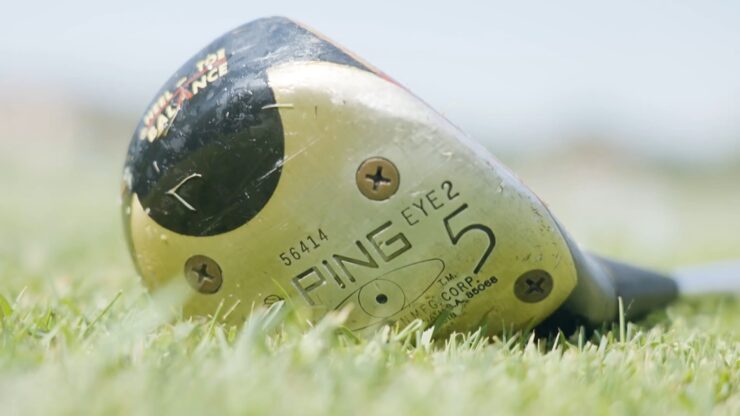
These clubs are used for longer shots and they are traditionally made of wood. More modern versions also incorporate metals like titanium for better performance but they are still used the same. Woods typically have a larger head and a longer shaft than other types which allows the golfer to hit the ball further.
Irons
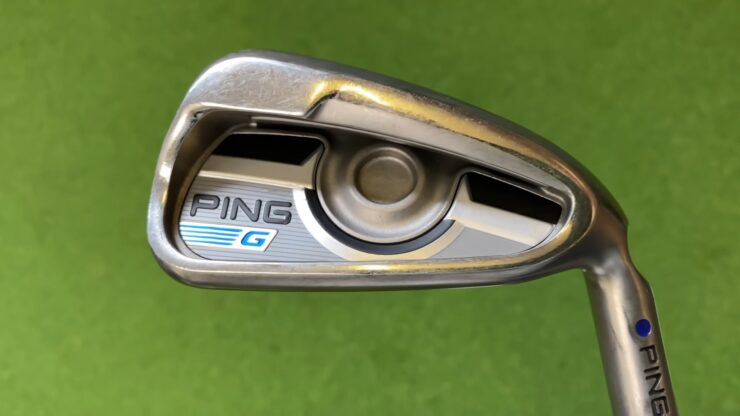
When in doubt about what club type to use, it is best to stick with an iron as they are used for a variety of different shots. They are best for medium to long-range shots though and they are typically made of metal. They have a smaller head and a shorter shaft than an average wood and provide more control/accuracy.
Hybrids
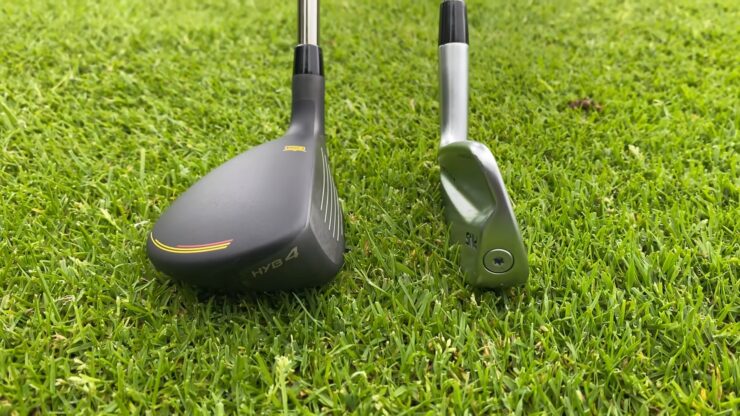
As is often the case, there must also be a model that combines different features. This is where the hybrid club comes in as a cross between a wood and an iron. Used for a variety of shots, they are easier to hit than a long wood and provide more distance than a short iron.
Putters
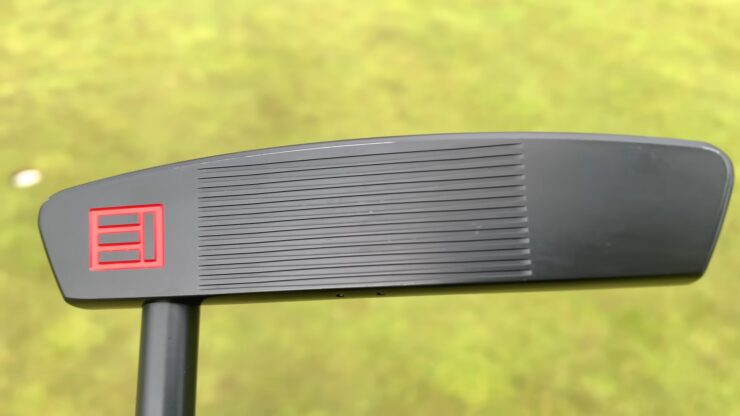
Last and definitely not least, the star of the article, is the putter club. Putters can be said to be the most important of all because they are the ones that drive the ball into the hole during the final swings. They are used for short shots on the putting green and are designed for accuracy. Putters have a flat face and a shorter shaft than other types of clubs. But what length is the right one for your putter and does it really matter?
The Right Putter Length
As it turns out, there is no definite rule when it comes to the length of your putters. Putters range from 32 to 36 inches which means that 34 is the most common length the average. Of course, it can be customized to be shorter or longer than this.
Putter length is a personal preference really and it varies a lot depending on the height, stance, skill, and stroke of the golfer. However, there are some general guidelines that can help you pick the best putter length for your specific needs.
One of the most common methods for determining the putter length is the so-called “wrist-to-floor” measurement. To do this and get the right measurement, stand up straight and relax your arms at your sides. Next, simply measure the distance from your wrists to the floor. This measurement is a good judge of what length of the putter club you require. It helps you determine the perfect putter that will best suit both your stance and your stroke.
Another thing to consider is the style of your putting stroke. If you prefer going with the straight-back-and-through stroke, a shorter putter will do you better. On the other hand, for arcing strokes while putting, a longer club may be the way to go.
If you cannot seem to come to the final decision, it is smart to try out different putter lengths and styles while on the green to see what feels right. Aim for comfort and confidence while you are choosing. The one that provides the best results will soon reveal itself to you.
Many golf stores offer practice putting greens so be sure to try out different putters. It is important to experiment and you can also seek the advice of an experienced golfer you know. When you find the one that allows a smooth, consistent putting stroke, look no further!
Sumayya Parrish, a golf aficionado and wordsmith extraordinaire, brings her wit and wisdom to the fairways of FloridaEliteGolfTour.com. Known for her uncanny ability to turn a bogey into a birdie with her humor, she serves up engaging content that keeps readers chuckling even when their golf game has them crying.
Related Posts:
- Putting Your Knowledge To The Test: A Newbie's Guide…
- Mastering the Short Game: Essential Techniques for…
- Do You Need a Rangefinder for Golf - Invaluable Tool…
- Where to Find the Best Golf Betting Bonuses in Ohio:…
- 15 Best Golf Ball For Seniors 2024 - Maximize Your…
- How Much is Topgolf? 2024 - What You Need to Know…

